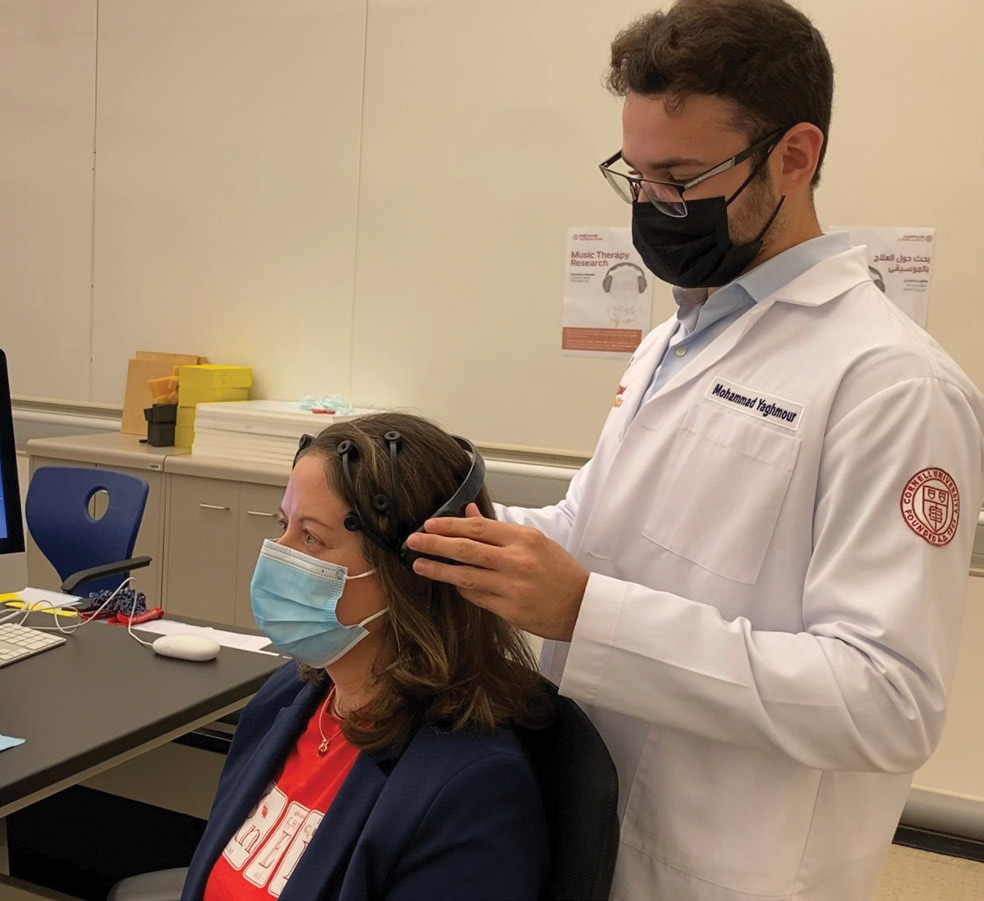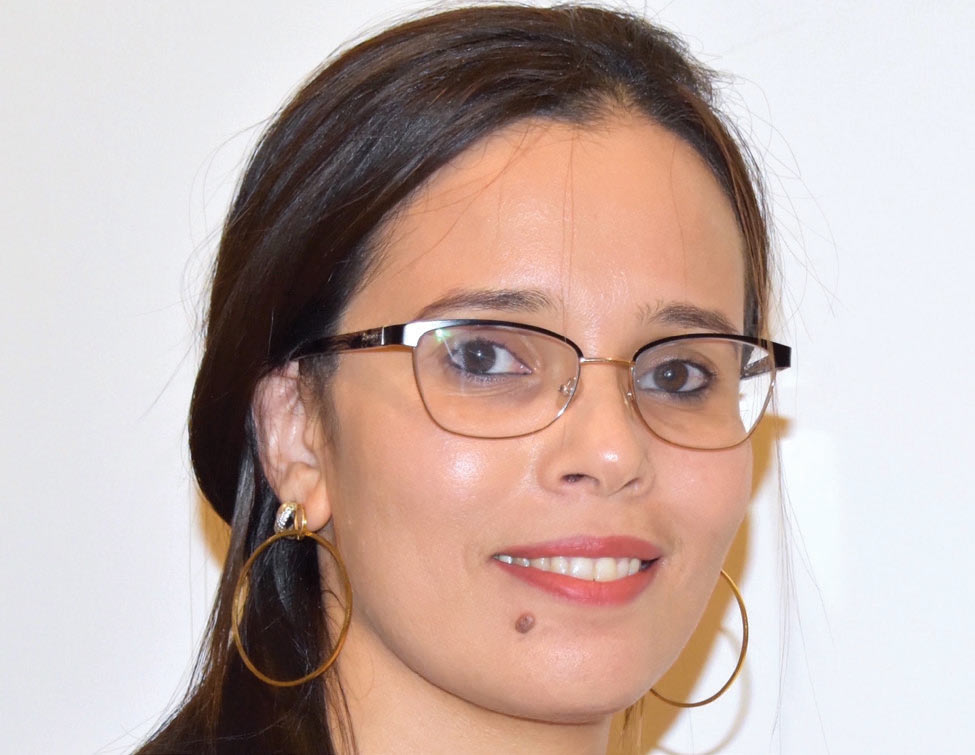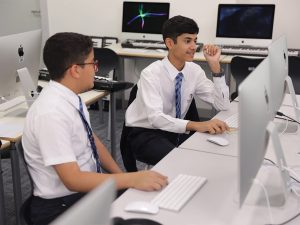GROUND-BREAKING MUSICAL RESEARCH

Researchers at Weill Cornell Medicine – Qatar (WCM-Q) have explored the cognitive and neural basis of human creativity by monitoring the brain activity of a musician improvising on the ney, or Arabic flute.
The research, published in Frontiers in Psychology, a leading journal, is the first scientific study of the neuromusicology of Middle Eastern music.
Led by Dr Ghizlane Bendriss, PhD of Neuroscience and Assistant Professor of Biology, the team of researchers used a wireless electroencephalographic (EEG) headset to record the brainwaves of a musician as he played a total of 24 improvisations at low, medium and high tempos on the ney.
Dr Bendriss designed this project after a student, Mohamed Yaghmour, demonstrated strong interest in research. She gathered a complete team to mentor him for this original and first-of-its-kind study in neuromusicology. The team was composed of psychology specialist Sarah Roach, biostatistics expert Padmakumari Sarada, and music educators Ibrahim Kadar and Zhivka Pesheva from Qatar Music Academy.
Dr Bendriss said: “Middle Eastern Music is characterised by the use of additional microtones, resulting in a tonal-spatial system called maqam. These scales have played an important role in healing and medicine since the 10th century in the Middle East, and many theories associate the use of specific maqams with treatment of specific conditions.”
Using sophisticated computer software, the researchers compared the data from the EEG signals and observed that each maqam was characterised by a topographically unique combination of significant EEG changes, suggesting the existence of what they termed “maqam electroencephalographic signatures”.
The study also provides further support to previous research that has associated musical improvisation with increased activity in the left-brain hemisphere, particularly of low-frequency brain waves in the frontal and temporal areas of the left-brain. It additionally supports the observation that musical improvisation is also characterised by an increase in levels of integrated activity in both brain hemispheres at high-frequency signatures.
Until now, almost all research in the field of neuromusicology has concentrated on Western music – it’s believed this is the first project to use EEG data to study brain activity while improvising with Arabic maqams and while playing a Middle Eastern instrument, the ney.
The researchers found patterns in the EEG data that showed similarities in the perception of maqams with similar intervals. In common with studies of Western music, a greater incidence of high-frequency brain-waves, which are associated with negative emotions, was observed in relation to improvisations based on nahawand, which approximates to the minor scale. Dr Bendriss said the results of the study are highly relevant because they highlight the importance of considering intervals, tones, and microtones in studies concerned with the processing of music and emotional correlates.
“This study on spontaneous music performance backs up evidence from pre-existing research which suggests that the prefrontal cortex is of critical importance for creativity, self-reflection, and sensory processing. We intend this study to be the first in a series; with the help of Ibrahim Kadar, who is well versed into studying combinations of maqams in Middle Eastern music, we hope to develop a greater understanding of the emotional correlates of the maqams and by doing so to gain insight into the effects and applications of music-based therapeutic interventions, especially in the context of the Middle East, its people and its rich traditions of music and medicine.” ✤
GO: VISIT QATAR-WEILL.CORNELL.EDU FOR MORE INFORMATION.























